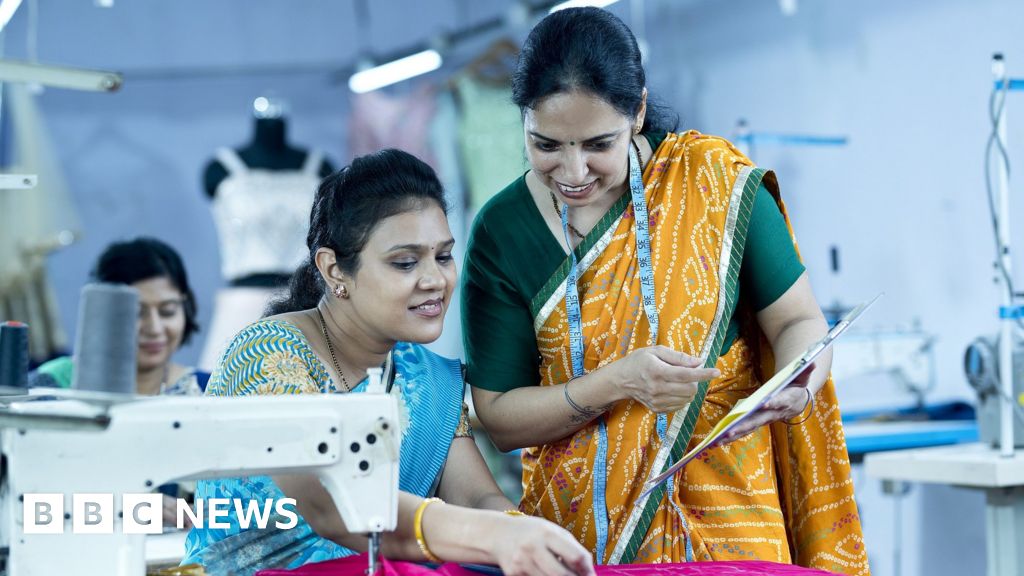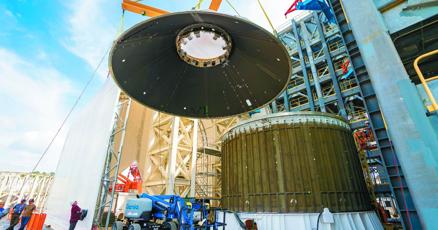Why Trump's iPhone Reshoring Dream Hits a Manufacturing Reality Check
Manufacturing
2025-04-08 20:59:00Content
-xl.jpg)
Why Trump's iPhone Manufacturing Dream Faces Insurmountable Challenges
President Trump's bold claim that iPhone production could rapidly relocate to the United States is more wishful thinking than economic reality. Despite his optimistic rhetoric, the complex global manufacturing ecosystem makes such a swift transition virtually impossible.
The manufacturing of iPhones involves an intricate global supply chain that has been carefully developed over decades. Companies like Apple have deep-rooted relationships with manufacturers in Asia, particularly in China, where specialized skills, infrastructure, and cost-effectiveness make large-scale electronics production highly efficient.
Several critical barriers prevent an immediate shift to U.S. manufacturing:
- Massive infrastructure investments required
- Significantly higher labor costs in the United States
- Lack of existing specialized manufacturing ecosystems
- Complex global supply chain dependencies
While the concept of bringing manufacturing jobs back to America sounds appealing, the economic and logistical realities suggest that a complete relocation of iPhone production is unlikely during Trump's term—or even in the foreseeable future.
The dream of reshoring high-tech manufacturing remains just that—a dream—disconnected from the complex global economic landscape that has evolved over decades of strategic international collaboration.
The Illusion of Domestic iPhone Manufacturing: Why Trump's Vision Falls Short
In the complex landscape of global technology manufacturing, the notion of reshoring Apple's iPhone production to the United States represents a tantalizing yet fundamentally impractical economic fantasy. The intricate web of global supply chains, labor economics, and technological infrastructure presents formidable barriers that render such a transformation not just challenging, but nearly impossible within the current geopolitical and industrial framework.Unraveling the Myth of Instant Manufacturing Transformation
The Global Supply Chain Complexity
The semiconductor and electronics manufacturing ecosystem is an intricate, multinational network that cannot be rapidly reconstructed within U.S. borders. Apple's current production model relies on a sophisticated global infrastructure predominantly centered in Asia, particularly China, where precision engineering, massive workforce scalability, and cost-effective manufacturing converge. The technological and logistical investments required to replicate such an ecosystem domestically would require billions in capital investment, decades of infrastructure development, and a complete reimagining of current manufacturing paradigms. Specialized manufacturing techniques, developed over decades in countries like China, Taiwan, and South Korea, represent a level of technological expertise that cannot be instantaneously transplanted. The precision required for smartphone component manufacturing demands not just advanced machinery, but generations of accumulated engineering knowledge and specialized workforce training.Economic Barriers to Domestic Production
The cost differential between offshore and domestic manufacturing presents an insurmountable challenge for immediate reshoring. Labor costs in the United States are exponentially higher compared to manufacturing hubs in Southeast Asia. A typical electronics assembly worker in China earns approximately 10-15% of what an equivalent worker would earn in the United States, creating an immediate and significant economic disincentive for domestic production. Moreover, the extensive supply chain networks that support smartphone manufacturing have been meticulously developed over decades. Companies like Foxconn have created entire industrial cities dedicated to electronics production, with integrated ecosystems that support rapid, efficient manufacturing. Replicating such infrastructure would require not just financial investment, but a fundamental restructuring of industrial policy and workforce development strategies.Technological and Logistical Challenges
The technological sophistication required for modern smartphone manufacturing extends far beyond simple assembly lines. Cutting-edge semiconductor fabrication, precision engineering, and complex supply chain management represent barriers that cannot be quickly overcome through political rhetoric or wishful thinking. Rare earth minerals and specialized components essential for smartphone production are predominantly sourced from international markets, with China controlling approximately 80% of global rare earth mineral production. This geopolitical reality means that even if assembly were to occur domestically, critical components would still require international sourcing.Workforce and Skills Transformation
The specialized skills required for high-precision electronics manufacturing represent another significant hurdle. The United States currently lacks the extensive technical education infrastructure and workforce training programs necessary to support large-scale electronics manufacturing at the level required by companies like Apple. Technical education programs would need comprehensive redesign, with significant investment in vocational training, engineering curricula, and industrial apprenticeship models. This transformation would require a generational commitment to industrial policy and educational restructuring, far beyond the scope of any single presidential administration.Geopolitical and Economic Realities
The dream of rapid domestic iPhone manufacturing fundamentally misunderstands the complex global economic ecosystem. Multinational corporations like Apple optimize their production strategies based on intricate cost-benefit analyses that extend far beyond national political rhetoric. The current global manufacturing model represents a delicate balance of technological expertise, labor economics, supply chain optimization, and international trade relationships. Disrupting this model would not only be economically challenging but could potentially destabilize existing technological innovation ecosystems. While the aspiration for domestic manufacturing is noble, the practical implementation remains a complex challenge that cannot be resolved through simplistic political declarations or short-term policy interventions.RELATED NEWS

Breakthrough Collaboration: RoslinCT and Ayrmid Pharma Set to Revolutionize Cell Therapy Manufacturing






